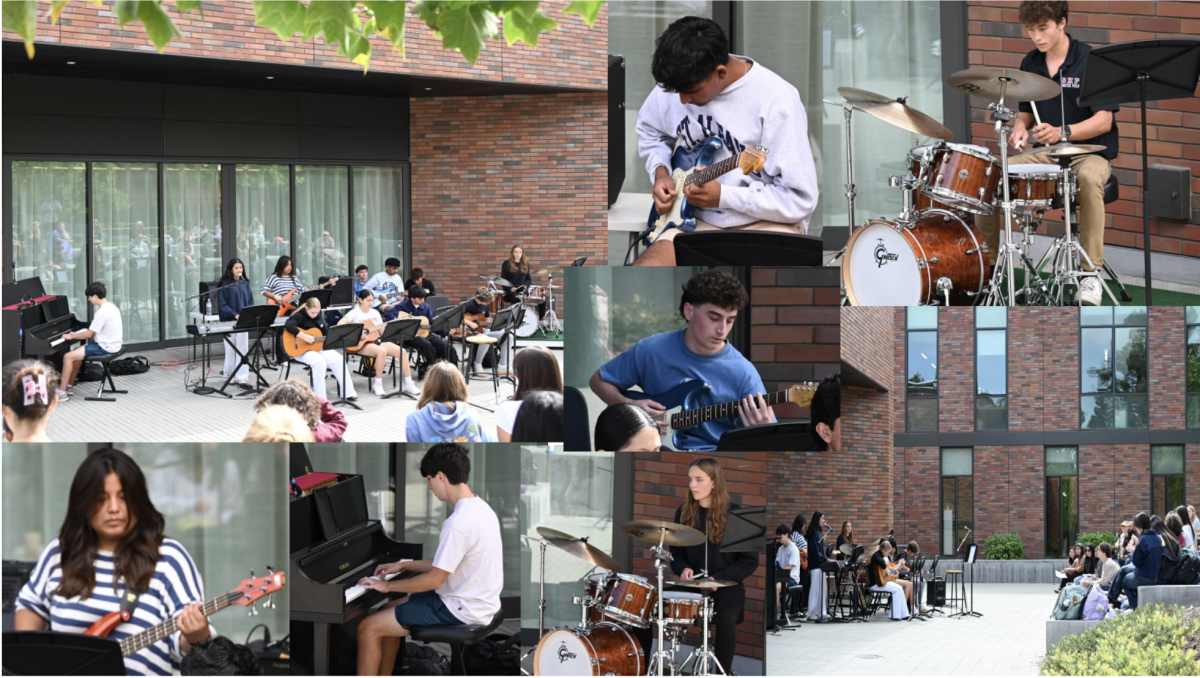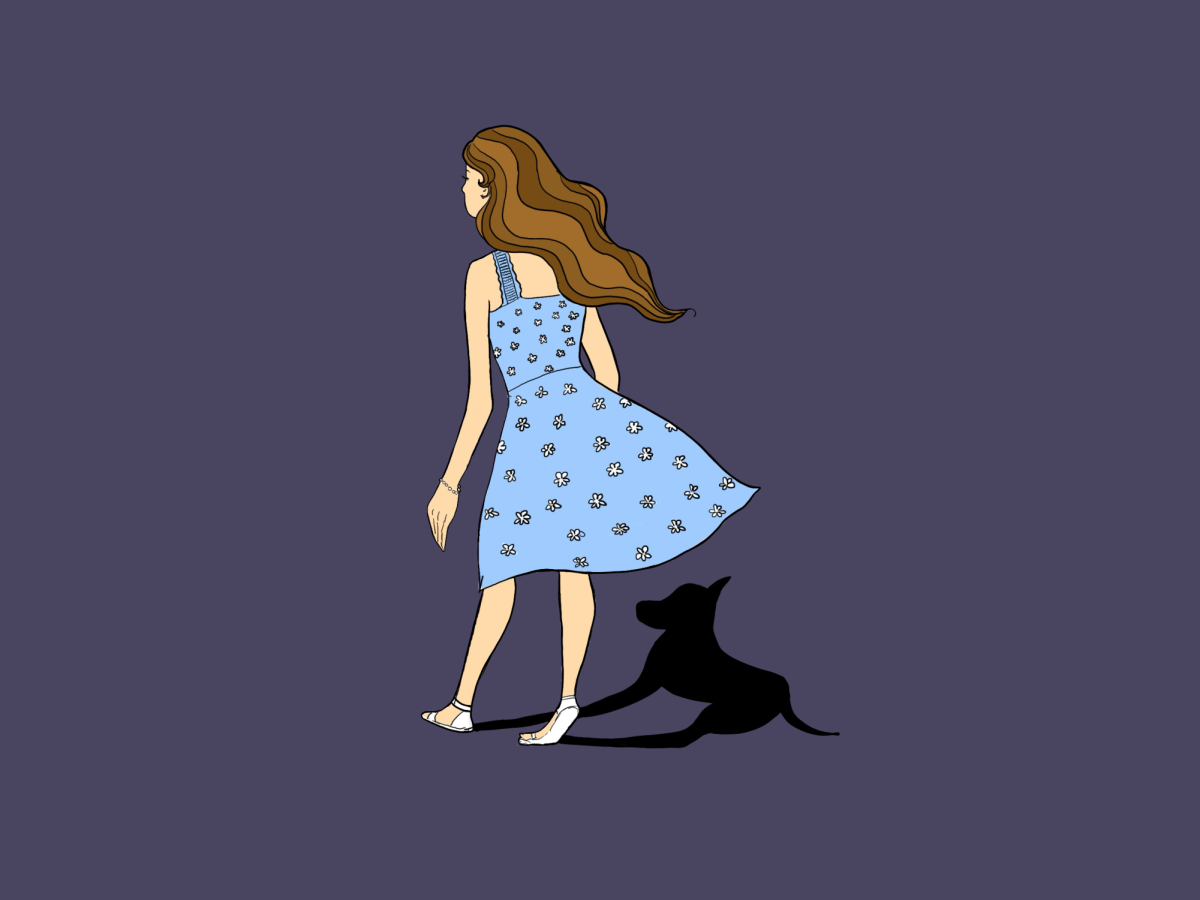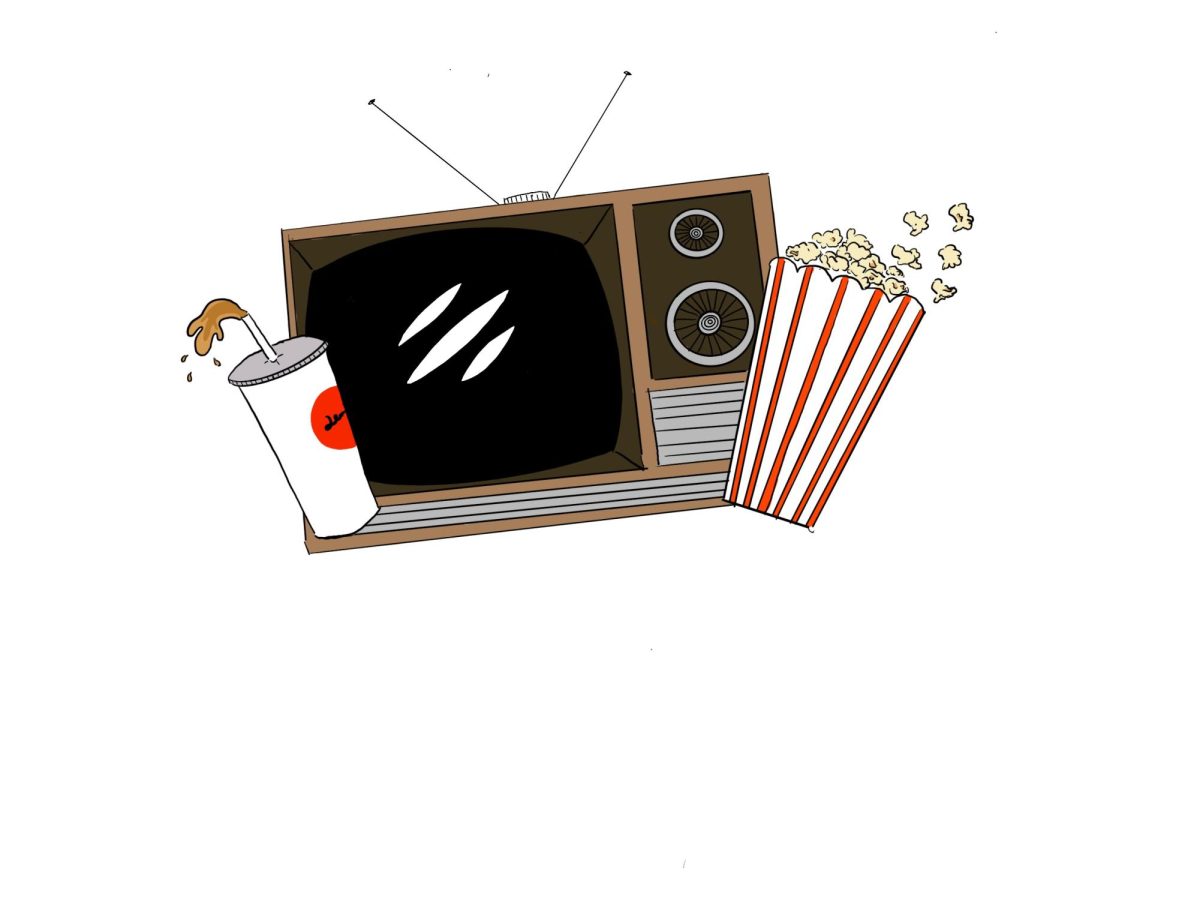It’s no doubt that the past few years have been good for the horror movie world. In fact, horror has become the fastest-growing film genre in the US, from having a market share of 4.87 percent in 2013, to a percentage of 10.8 recorded in 2023 according to The Washington Post. But, 2024 in particular is a special time for horror movies: from numerous cash-grabs, underdeveloped media, and messy script writing emerge the visually compelling and thought provoking works of art that claim “movie of the summer” worthy titles today. In this way, a new age of horror is defined, resurrecting an astonishing plethora of fans in the process.
The horror industry has gone beyond the scarily familiar slasher trope, exploring more personal grounds and relatable themes that challenge viewers to dissect a crucial question: What does horror really mean? Film enthusiasts and horror movie lovers have varying understandings. Fine Arts Co-Department Head and Visual Arts teacher Mr. Moshe Quinn believes that “the best horror films hold a mirror on our deeper anxieties,” forcing us “to confront thoughts and feelings that we keep tucked away in the dark.” English teacher Mr. Daniel Kennedy describes them as x“more than just an escape or cheap thrills, [but] an opportunity to reflect on the current state of culture and modern-day society.” Although their answers might make the question seem more complicated at first glance, such varying perspectives demonstrate the unique aspects of movies and filmmaking: creative freedom, subjectivity, and the many fears that affect people in a multitude of ways. As Social Studies teacher Mrs. Liz Wade-Stueckle expanded, “it’s a weirdly diverse genre — complex, and difficult to nail down” under just one category or subgenre. Horror movies are personal, fantastical, and often stand for more than they seem to. While some of the following films are more widely watched than others or received better box office statistics, each conjures up a special kind of horror within viewers, and stands out in their genre for unique methods.
A Quiet Place: Day One
Grossing $261.5 million worldwide according to Box Office Mojo, “A Quiet Place: Day One” serves as a prequel story for the previous two movies. Terminally ill and hopeless Sam (played by Academy award-winner Lupita Nyong’o) is lured into bustling and lively New York City by her hospice group, but her world is further plunged into chaos as she finds she is located at the heart of an alien invasion. Along with her supportive feline companion Frodo and new, unlikely friend Eric (Joseph Quinn), the three struggle to stay alive, racing to find a place of refuge, Sam’s medications, and, most importantly, a slice of pizza. Even with its lengthy lead-up, “A Quiet Place: Day One” is thrilling as well as heartfelt. With close-up camera shots, it manages to capture the fear of uncertainty and familial loss in almost total silence and proves that actions really can speak louder than words. With excellent sound design and a simplistic but important message, it deserves all its praise and success.
Civil War
“Civil War” could not have come at a more appropriate time. Although it’s not a traditional horror movie, in the sense that it doesn’t focus on a singular serial killer or a paranormal spirit, there is no denying that the film’s depictions of extreme political violence complemented by its realism make it an even more horrific watch. Set in a future, dystopian America, the United States is at war with itself, an unjust authoritarian federal government battling against the rebels. After a terrifying turn of events, a band of photojournalists eager to document the war embark on an urgent trek from New York City to Washington, D.C. They need to get an exclusive interview with the president before rebels take over the White House, but not without unraveling a series of dark truths along the way. “Civil War” is shocking, uncomfortable, and a must-watch film at some point in everyone’s life.
I Saw the TV Glow
The protagonist, Owen, begins high school and finds himself immediately drawn to his awkward classmate, Maddy. They share an anxious demeanor and bond over a strange TV show that only Owen has ever heard of. Not long after, he’s invited to come over to Maddy’s house, where they watch the wonderful and mysterious world of “The Pink Opaque.” Owen discovers something new in himself that night, until his whole idea of reality begins to transform, seeing his true reflection in the glow of the TV screen. This movie feels like riding on a roller coaster in a dark tunnel: abstract, and a mix of both the confusing and the recognizable. There is a kind of unsettling emptiness that slowly overtakes its audience by the end. It is definitely not for everyone, as is often the case with many A24 films, but it is certainly beautiful, with bright and vivid color even in the darkest of scenes, and plenty of thought-provoking material throughout. “I Saw the TV Glow” explores the psychological horrors of being unable to live as one’s true self, and of navigating changing identity in a world that can often be unforgiving. It has a complete plot arc, but its layered subtext and nuanced internal conflicts of the characters are the main focal points as the film navigates life’s transitions.
These three titles are but a microscopic peek into the overwhelming array of horror movies released in 2024, so make sure to add them to your watchlist soon and keep an eye out for upcoming releases in the near future. We as a community can learn lessons from even the most unexpected horror movies, and on the way, discover that the concepts of horror are not unknown in our everyday lives.








